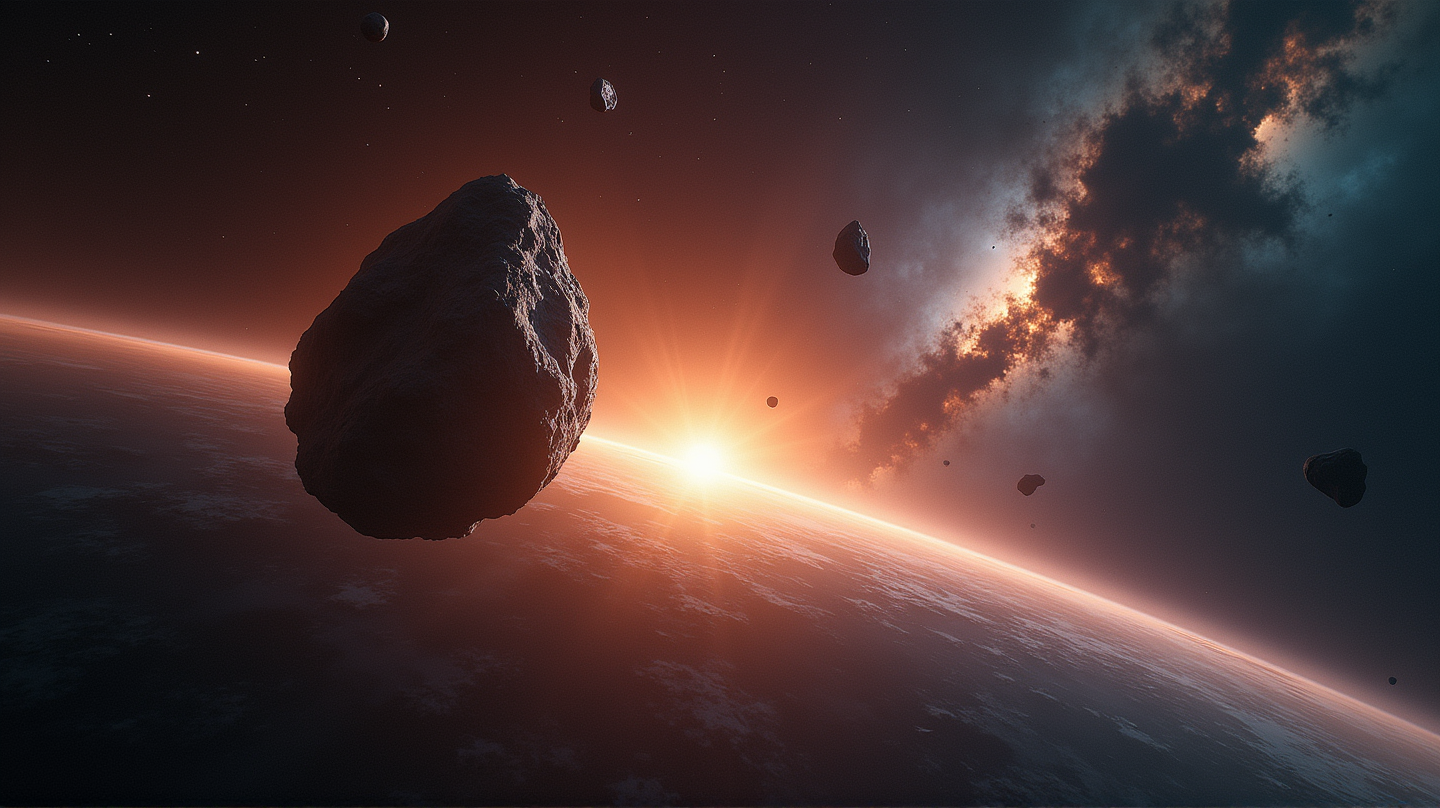Asteroids hurtling towards Earth have been a fascination and a threat for scientists and science fiction alike. With the recent advancements in space technology, the possibility of deflecting these celestial bodies is becoming increasingly feasible. However, the precision needed for such missions cannot be overstated. According to ScienceDaily, a slight misstep could redirect them right back onto a collision course with our planet.
Hitting Hard, But the Right Way
The idea is simple: send a spacecraft to hit an asteroid and change its trajectory. Yet, the execution is far from straightforward. As explained at the recent EPSC-DPS2025 Joint Meeting, hitting an asteroid in the wrong spot might push it through a ‘gravitational keyhole’—a narrow region where a planet’s gravity alters the asteroid’s path to return later for an unwelcome encore.
Learning from DART
NASA’s DART mission was a milestone, demonstrating a kinetic impactor could nudge an asteroid. Yet, the actual target wasn’t much of a concern due to the size of the Didymos system. For other potentially hazardous asteroids, even a minor nudge might spell catastrophe if it sends them through a keyhole.
Probability Mapping: A New Frontier
Thanks to the lessons from DART, scientists have developed probability maps that assess different impact points on an asteroid’s surface. By calculating post-impact trajectories, Makadia’s team hopes to identify the safest spots that minimize the chances of an asteroid finding a gravitational keyhole.
The Devil in the Details
This task is no small feat. Each asteroid has unique characteristics. Fine-tuning the impact strategy depends on an asteroid’s shape, rotation, and more. Ideally, this involves direct exploration, but ground observations can provide preliminary insights when time is of the essence.
A Safer Tomorrow
As humanity advances its reach into the cosmos, precision in action and foresight in planning are paramount. These efforts in mapping and understanding keyholes may very well become our safeguard against future cosmic threats. With the Earth’s safety in the balance, the dance of deflection must be nothing short of perfect.
